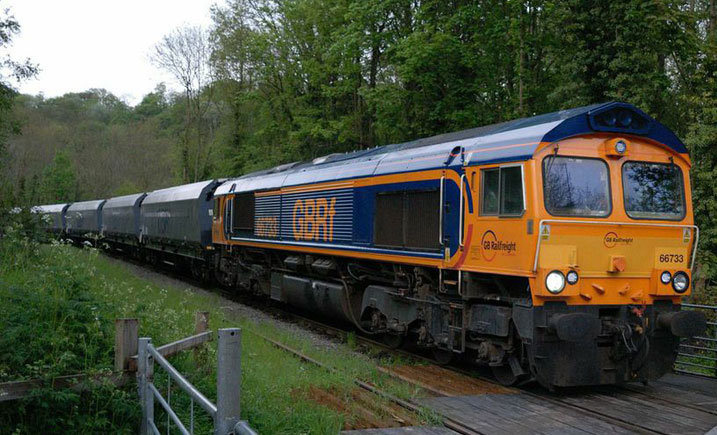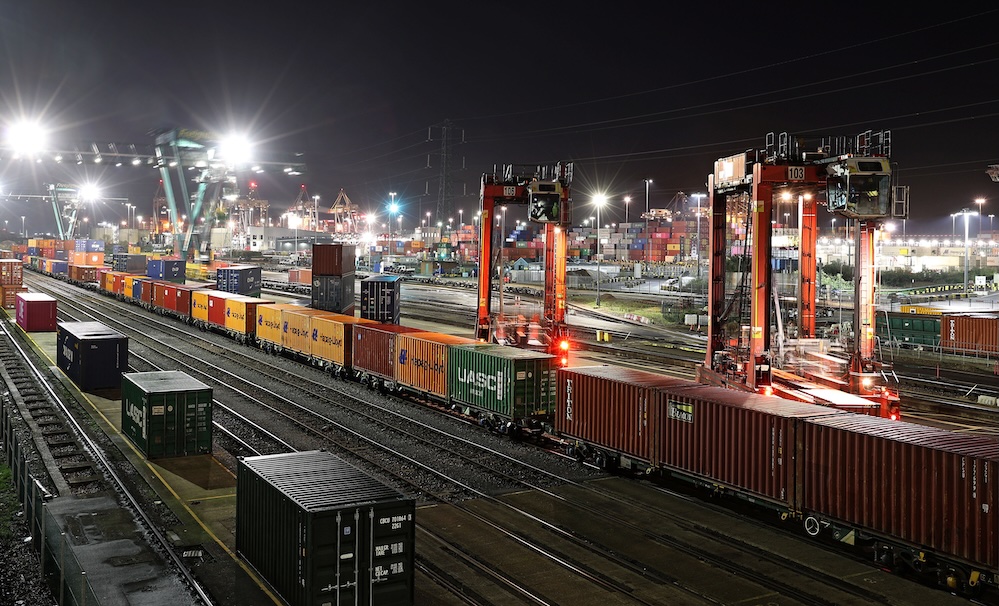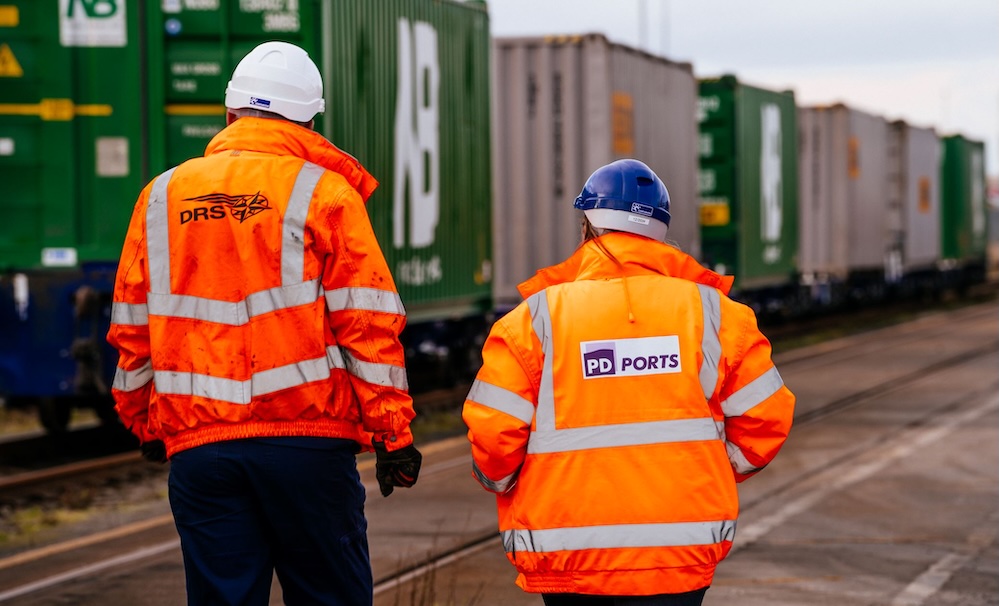GB Railfreight yesterday (5th January) ran its first train for Aggregates Industries (AI), as part of a five-year deal to transport aggregates, such as sand and stone, from AI quarries to various depots and handling sites across the UK.
Locomotive 66714, identification 6M28, left Croft Quarry at 23:15 on Monday, 5th January, and arrived in Neasden Freight Terminal at 05:56 on Tuesday, 6th January.
The multi-millon pound contract involves GB Railfreight running five trains a day, five days a week, from Bardon Hill, Croft, Neath, Avonmouth, Shrewsbury and the Isle of Grain to the following locations:
- Colnbrook
- Harlow Mill
- Angerstein
- Neaden
- Purley
- Tinsley
- Theale
- Brentford
- Bow West
This is a significant development for the freight operator in aggregates rail freight, as it almost trebles the work it is currently undertaking in the industry.
GB Railfreight has invested over £50m in rolling stock, both locomotives and wagons, over the past year, and has significantly increased its operating efficiency through a host of technological innovations. This contract is testament to the operator’s desire to support the supply chain and promote the wider construction and building materials sector across the UK.
John Smith, Managing Director of GB Railfreight, said: “We have recently been looking at expanding our aggregates business across the UK, because we believe we have the team and fleet available to deliver optimum solutions in the area. This five-year contract with Aggregate Industries is a key milestone in this progression, trebling our workflows, and we are delighted to be working with such a prestigious name in supporting the construction sector.”
Simon Blake, Aggregate Industries General Manager, said: “We are pleased to have secured the services of GB Railfreight for the next five years. We rely on a reliable service and a committed team to support our rail distribution and GB Railfreight have shown they can provide both. We hope to harness their ambition and to grow our business alongside theirs with further traffic movements and services.”








